Israel-Hamas War: What happened on Day 93?
Hezbollah claims it hit IDF base • Arab media claims multiple airstrikes in Lebanon
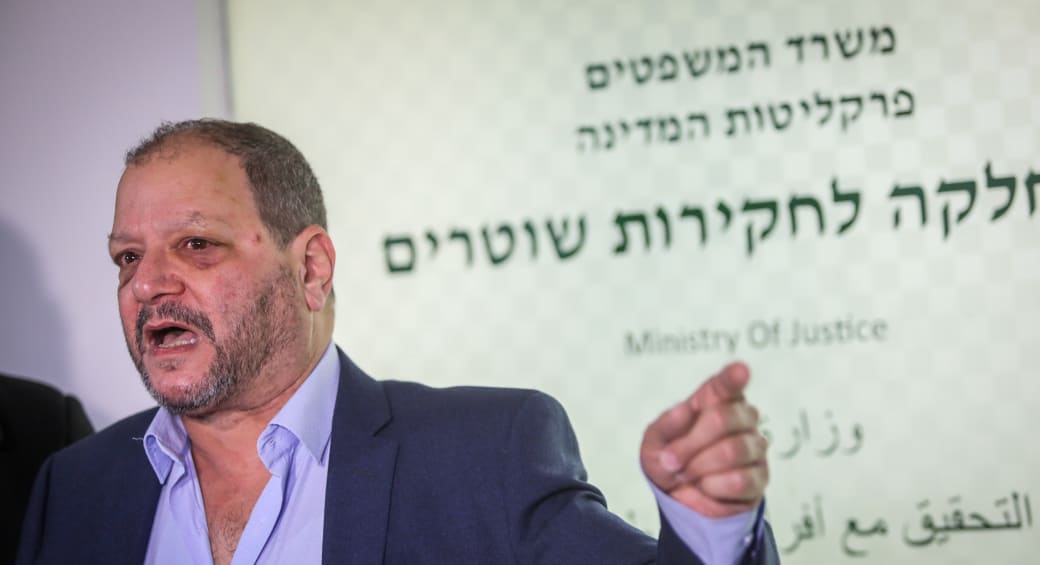

Hamas terrorist leaders may be hiding outside Gaza's Khan Yunis - sources
For months, all top IDF and defense officials said that most or all of the hostages and Hamas high command had fled to southern Gaza.
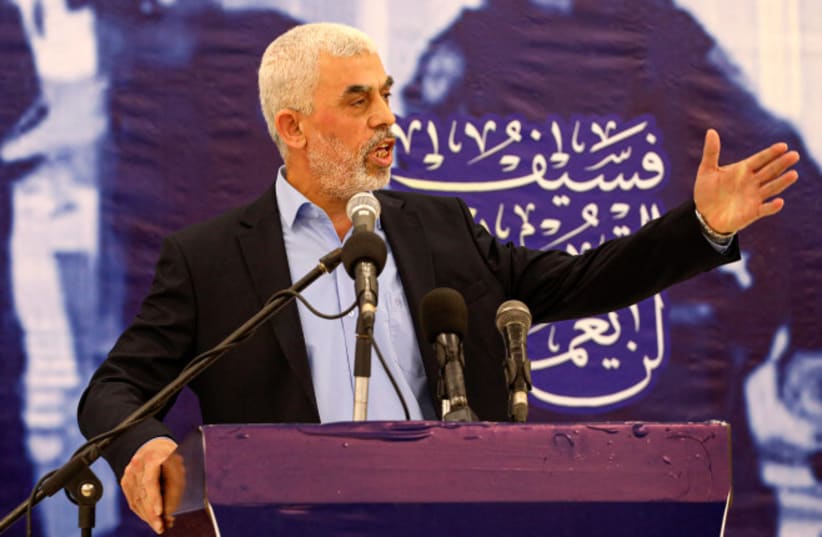
Despite months of saying that all of the Hamas leaders are in Khan Yunis in southern Gaza, some may be in central Gaza, the Jerusalem Post has learned.
Generally before October 7, Hamas’s “civilian” functions leadership, such as Yahya Sinwar’s apparatus for governing the Gaza Strip, was in Gaza City in northern Gaza.
There was also a military quarter in Gaza City where Hamas military chief Muhammad Deif spent time.
However, either in preparation for the October 7 invasion, around the time of the IDF invasion of October 25-27, or at the latest, once they saw that the IDF was invading for real and routing Hamas forces, the Hamas leadership fled in a southern direction from Gaza City.
For months, all top IDF and defense officials said that most or all of the hostages and Hamas high command had fled to southern Gaza, most likely to Khan Yunis.
Incorrect predictions of Hamas leaders hiding places
There were already holes in some of these predictions when it turned out during the ceasefire week that Hamas was holding hostages in Shejaia.
Between December 10-18, the IDF learned that a second set of hostages had also been held in Shejaia, which the IDF mistakenly killed, thinking they were terrorists.
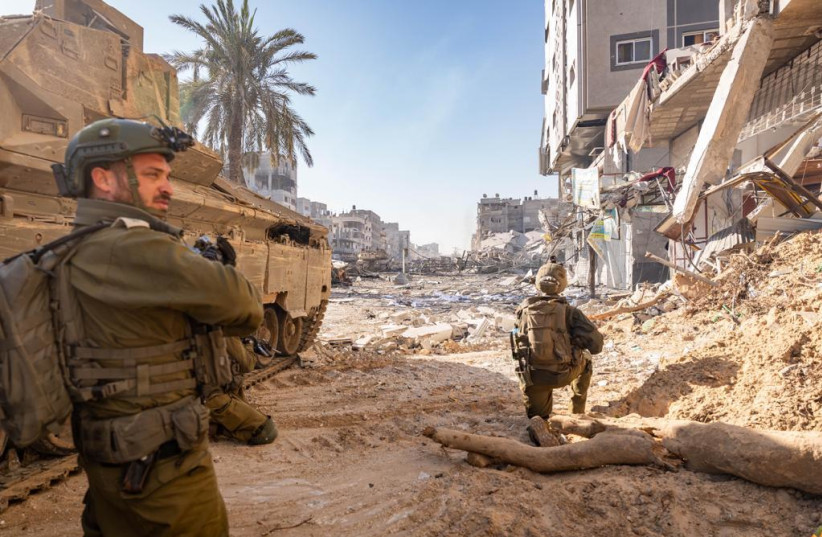
In a partial explanation of the mistaken killing incident, top IDF officials said they had not fully trained Shejaia regular soldiers for the possibility of running into hostages. This second incident was the strongest testament to how convinced the IDF was at some point that all the hostages and Hamas leadership were in southern Gaza.
In addition, in early December, the IDF for the first time started to invade portions of central Gaza. However, a more aggressive invasion of central Gaza did not start until weeks later.
The Post can now reveal that portions of Hamas’s top leadership may be in central Gaza with hostages, and not only in southern Gaza in Khan Yunis, which was “the party line” for the defense establishment for a couple of months.
Given that central Gaza was one of the last pieces of the Strip on the IDF’s radar screen, there are now questions about whether the IDF missed the idea that some top Hamas leaders and some hostages might be in central Gaza or whether it was known, but kept under wraps, to focus on northern Gaza and then Khan Yunis.
The theory that the IDF missed central Gaza’s importance would raise questions about whether its other estimates about the Hamas leadership locations are correct.
The theory that the IDF knew, but kept the focus on southern Gaza could have been an attempt to catch any Hamas top leaders with hostages in central Gaza by surprise.
In fact, there was a period of days when IDF sources had told the Post and other media that there were hostages in central Gaza where the Israeli censor temporarily blocked publication.
Go to the full article >>Hamas founder's grandson killed in IDF Gaza strike - report

The grandson of Sheikh Ahmed Yassin, the imam who founded Hamas, was killed in an IDF attack in Gaza, Israeli media reported on Sunday.
Jordan's Abdullah tells Blinken that Gaza war could end up catastrophic

King Abdullah of Jordan warned US Secretary of State Antony Blinken on Sunday that the continuation of the war in Gaza would lead to "catastrophic consequences," Israeli media reported.
Abdullah also added that Washington is required to put pressure on Israel to agree to an immediate ceasefire in Gaza.
Regaining all hostages could be months off despite north Gaza progress
Whether Israel and the IDF can return all of the hostages is itself an open question given Hamas’s demands to date.
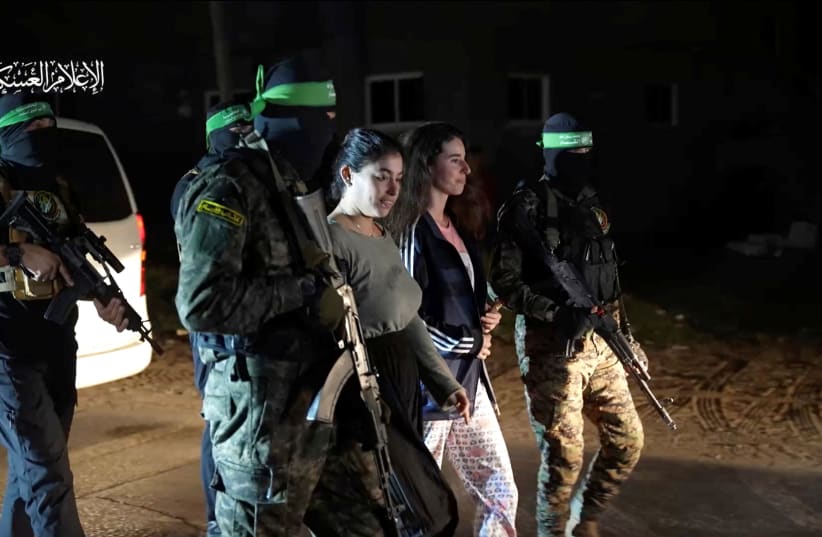
Regaining all of the approximate 136 hostages could still be months away despite the IDF’s notable progress in achieving operational control over northern Gaza, The Jerusalem Post has learned.
Whether Israel and the IDF can return all of the hostages is itself an open question given Hamas’s demands to date, and no signs so far that its leadership will agree either to a deal in which instead of being killed, they are merely arrested or expelled from Gaza in exchange.
But even if the more positive scenario plays out with some sort of new hostage deal, that deal is expected to only include some dozens of hostages, but not the full complement of hostages.
Rather, the full complement of hostages are only expected to be returned, even in the positive scenario, once the IDF zeroes in on the exact location of Hamas’s top three leaders: Yahya Sinwar, Muhammed Deif, and Marwan Issa, along with the hostages themselves.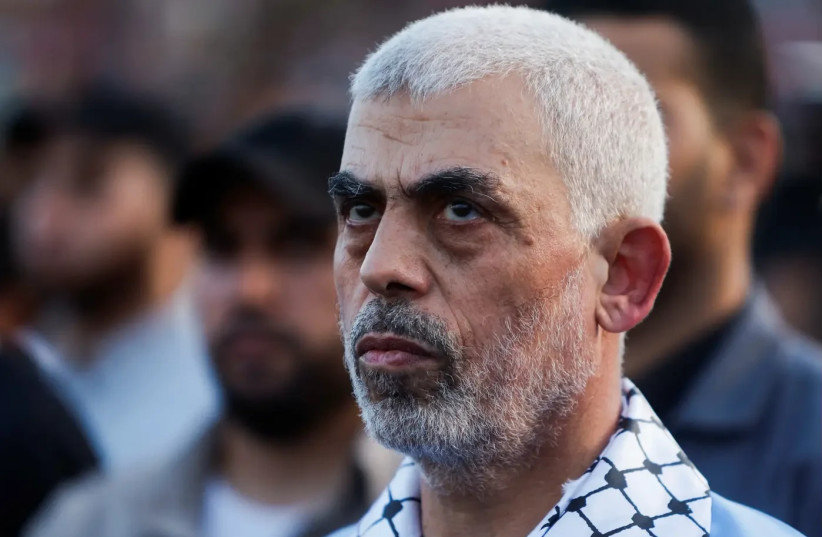
At this stage, with the pace that the IDF is getting through the massive tunnel network in Khan Younis, where most or all of the Hamas leadership have said to be located, the Post understands that it could take months to find the exact locations.
All of this slow progress on the Hamas leadership and hostages issue comes even as the IDF on Saturday night said it now has full operational control of northern Gaza, with most of the fighting in that area having concluded already by December 19 with the fall of Jabalia.
The months dragging out on the hostages issue also occurs despite the fact that five reservist brigades have been released, half a dozen Israeli villages in the South have started to return to their residences, and the IDF probe of October 7 is rolling out – all signaling that the Gaza War is already in “Stage 3” of lower intensity conflict.
Given that the IDF is entering Stage 3, it then becomes unclear whether regaining the hostages is a few months away or closer, or whether it could drag out longer into some sort of siege and “staring contest” in which the IDF is afraid to attack for fear of killing the hostages, while the Hamas leadership refuse to surrender.
The IDF hopes and estimates that at some point in this range of time periods that the threat of an attack will convince Hamas’s leadership to release all of the hostages.
Go to the full article >>Qatari PM to hostage families: Killing of-Arouri makes negotiations hard
Qatar's PM met for the first time in Doha with the families of 6 of the abductees, and pointed out to them that "it is difficult to talk to Hamas because of what happened in Beirut."
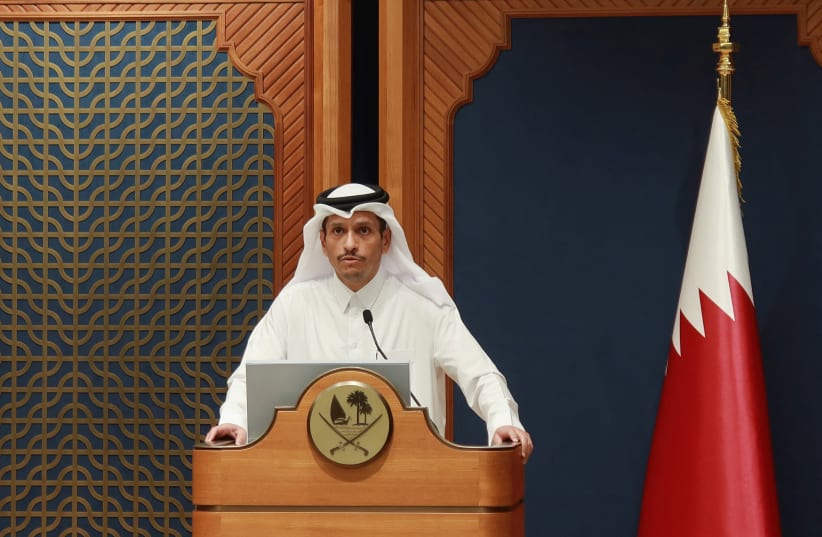
Qatari Prime Minister Sheikh Mohammed bin Abdulrahman bin Jassim Al Thani met with the families of six American and Israeli hostages on Saturday in Doha and told them that the assassination of the deputy head of the Hamas political bureau, Saleh al-Arouri, allegedly by Israel, made it difficult to continue developments on negotiations on a future hostage deal with Hamas, an official briefed on the meeting told Walla.
The meeting in Doha, to which the family members arrived on a direct flight from Israel, was the first time the Prime Minister of Qatar met families of Israeli abductees. The meeting emphasizes the importance that the Qatari government attaches to the issue of the Hamas hostages, yet at the same time the Qatari desire to resist pressure from members of the US Congress and Jewish organizations in the USA.
The hostages' family members also met with the Qatari Foreign Minister Mohammed bin Abdulaziz Al-Khulaifi, who heads Qatar's negotiating team in talks with Hamas and Israel regarding the release of the abductees. Al-Khulaifi was one of the architects of the previous agreement under which over 100 hostages were released in late November.
A senior Qatari official and an Israeli source told Walla that the family members then met with PM Al Thani who heard from them the story of each of their family members who are held captive by Hamas.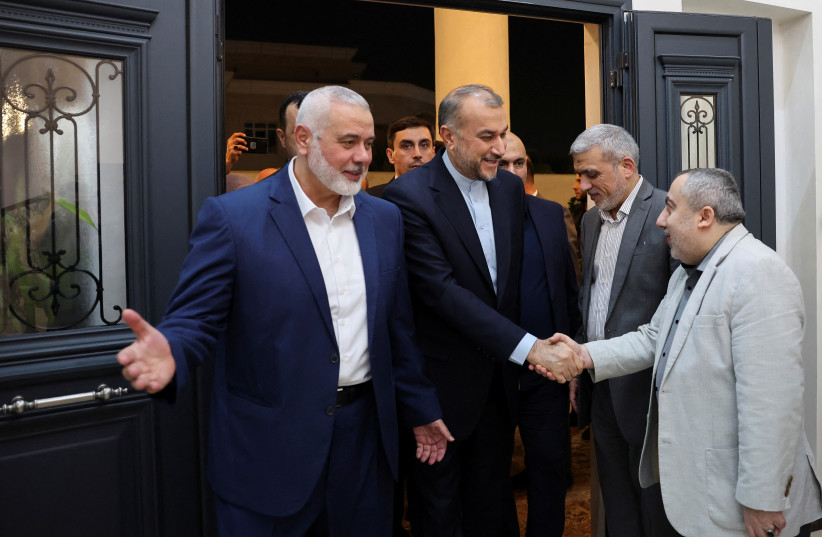
During the meeting, Al Thani noted that the current negotiations are very complicated and spoke about the difficulties he encountered in talks with Hamas and in talks with Israel as part of the attempts to reach a new deal, the Qatari official and the Israeli source said.
The Qatari official noted that Sheikh Mohammed indicated to the family members that the latest escalation following the assassination of Saleh al-Arouri made the negotiations difficult. "The prime minister said it was difficult to talk to Hamas because of what happened in Beirut," the Qatari official noted.
The Qatari official and the Israeli source stated that Al Thani reassured the families that he is personally committed to continuing trying to secure a new deal for the release of the remaining hostages and that he will not give up despite the challenges.
"Qatar deeply understands the suffering of the abductees and their families. We met directly with the families of the abductees to share with them as much information as we could and to assure them that Qatar is committed to using all the means at its disposal to bring about their release. We will continue to be in contact with the families," said a senior Qatari official.
The Qatari official noted that the most senior officials in the Qatari government are working day and night with Israel and the US to achieve a new deal for the release of hostages.
"Our efforts speak for themselves - the Qatari mediation has so far succeeded in bringing about the release of 110 hostages. But we are only mediators, and we do not control Hamas. We need to preserve the channels of communication (with Hamas) that proved to be effective in the negotiations on the release of the previous hostages. There is more work to be done and we are committed to continue as long as it is necessary," said the Qatari official.
Go to the full article >>IDF strikes Hamas, destroys tunnel shafts in Gaza
IDF forces killed a number of Nukhba terrorists and located and destroyed a launch site from where rockets were fired toward Ashkelon.
The IDF provided an update to its ongoing operational activities in the Gaza Strip on Sunday morning.
In Beit Lahia, IDF troops from the Nahal brigade located the source from where, earlier this week, rockets were fired toward the city of Ashkelon, the IDF reported.
The troops conducted targeted raids in the area. On Saturday, during the incursion, the troops identified a compound with dozens of rocket launchers, which were subsequently dismantled by combat engineering troops.
In Bureij, soldiers from the Golani brigade located four Nukhba terrorists loading weapons into a vehicle. The IDF said an army UAV detected and struck the terrorists along with the weapons.
IDF drones identified an armed terrorist advancing toward forces that were in the area. Golani troops proceeded to attack and eliminate him.

IDF acts in the central Gaza Strip
In the central Gaza Strip, IDF troops located a factory of lathes for weapons.
In the area and its vicinity, the forces also uncovered two significant tunnel shafts inside a building. These were destroyed by IDF combat engineering forces.
A number of terrorists were located and killed during the activity, the military added.

In al-Maghazi, Golani troops located a shaft containing many weapons.
Go to the full article >>Border Police officer killed amid intense clashes in Jenin
Six Palestinians were killed in an Israeli airstrike in Jenin amid armed clashes in the city, according to Palestinian reports.
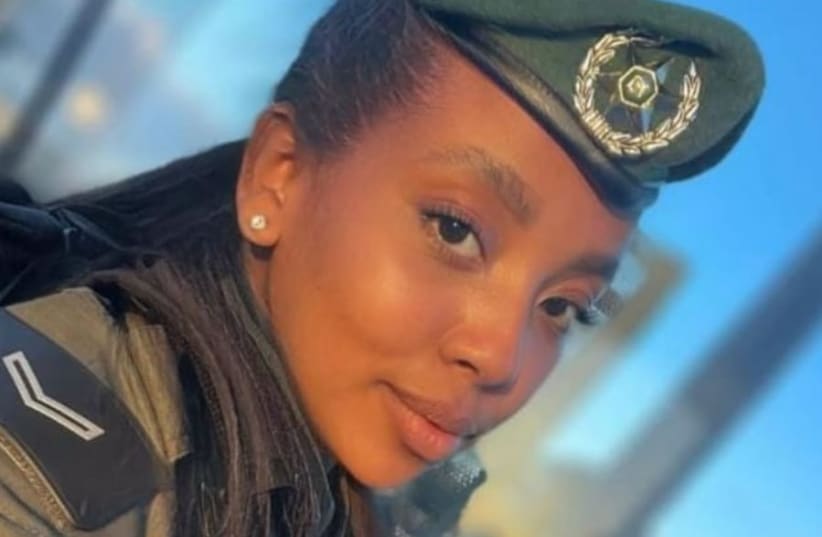
One Border Police officer was killed and several were wounded after an explosive device targeted their vehicle amid clashes in the West Bank city of Jenin early Sunday morning, according to a joint statement by the IDF and Border Police. The wounded officers were transferred to Rambam Medical Center for medical treatment.
Sgt. Shai Garmai, 19, from Carmiel, was pronounced dead on Sunday morning, hours after the clashes. She is survived by her parents and three brothers.
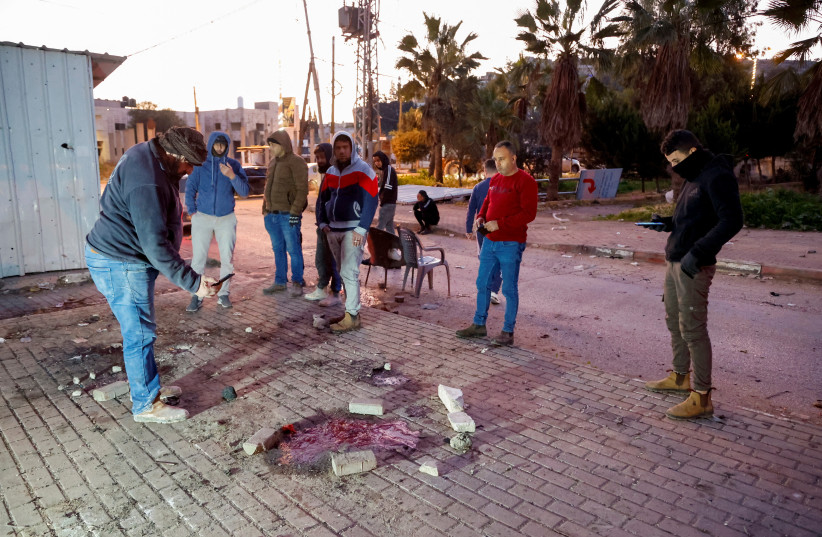
Additionally, during the clashes, an Israeli airstrike targeted a terrorist cell, which was endangering Israeli forces, with Palestinian media reporting six Palestinians were killed in the strike. Israeli military helicopters fired at terrorists on the ground as well as the Border Police officers wounded in the clashes were evacuated.
فيديو| تغطية صحفية: لحظة تـفـجـيـر عـبـوة ثانية بالتزامن مع إطـلاق نـار كثيف تجاه قـوات الاحـتـلال في جنين. pic.twitter.com/kZ168uQQz2
— شبكة قدس الإخبارية (@qudsn) January 6, 2024
Clashes erupted as Israeli forces entered the city on Saturday night, with Palestinian terrorists setting off explosives and firing heavily at the Israeli forces.
Helicopters and drones were spotted over the city during the clashes, according to Palestinian reports.
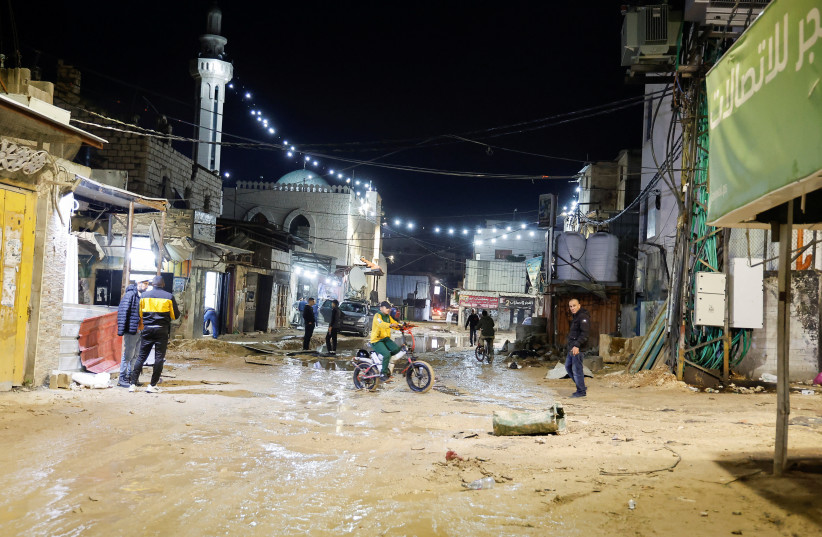
Raids reported throughout West Bank
Raids by Israeli forces were also reported in Nablus and Kalkilya overnight, according to Palestinian media. Armed clashes erupted in Nablus amid the raid in the city.
Israeli forces have conducted repeated operations in Jenin since the outbreak of the war with Hamas, conducting several airstrikes targeting terrorists in the city in some of the raids.
Go to the full article >>Sky Dew: The high-stakes game of Israel's advanced spy balloons
After a year and a half on the ground preparing for operational service Sky Dew finally launched on Sunday morning.

When observing your surroundings, you might climb a hill, a roof, or an observation tower. This principle applies to advanced radars as well. They can see for hundreds of kilometers if placed high enough. Importantly, high placement allows them to observe downwards.
This is the basis for Sky Dew, the Israeli Air Force's (IAF) advanced observation balloon, which launched Sunday morning after a year and a half on the ground, preparing for operational service.
Developed by Israel Aerospace Industries (IAI), which provided the radar, and the American balloon manufacturer TCOM, it's led by the Defense Ministry and funded by the US Department of Defense. Delivered to the Air Force in 2022, its goal is to detect unmanned aircraft and cruise missiles from Iran and Syria, targets that are small and hard to detect.
This system is not new to the Air Force. For over 30 years, simpler and smaller balloons have been used in the south, developed after the peace agreement with Egypt, to monitor for surprises from the east. These were developed by IAI and Elta Systems, specializing in radars. According to foreign sources, India has also purchased such balloons.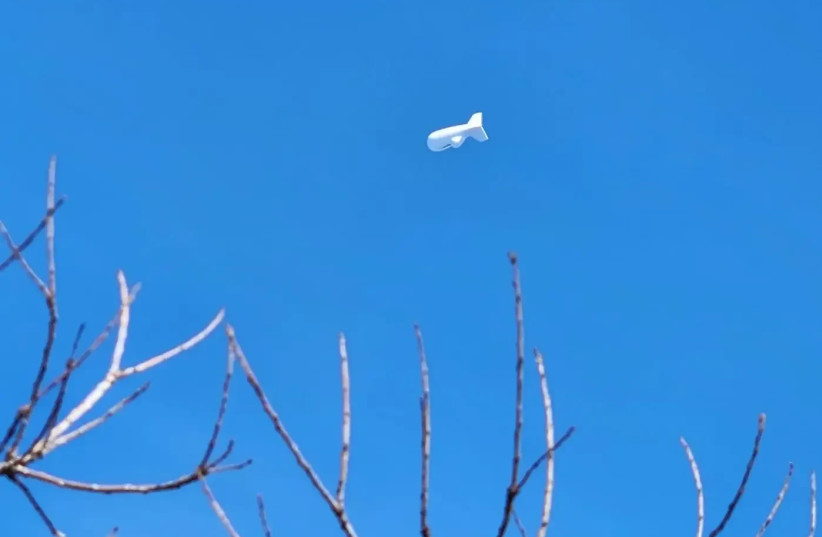
Observation balloons' military use dates back to 1794 at the Battle of Fleurus in Belgium. Without radars or cameras, the French used a human observer in a balloon to gather aerial intelligence, helping them win the battle. However, Napoleon later disbanded the French military balloon corps.
Since the 1950s, the US has operated radar-carrying aircraft for aerial target detection, like the Airborne early warning and control system (AWACS.) This aircraft can detect everything flying in the area and has been key in guiding pilots to hostile targets.
Israel couldn't purchase the expensive AWACS from the US in the late 1970s, so it bought three smaller and cheaper Hawkeye aircraft for the Air Force, which are still in use today. The Air Force now also owns the Nachshon aircraft, developed by IAI based on the American Gulfstream business jet.
The radar on these aircraft is more advanced than the AWACS, with better detection capabilities and resistance to jamming. The significant difference is the cost of flight hour, easing the defense budget. This technology has been sold to countries like Italy and South Korea, with each aircraft costing over $200 million.
However, the Nachshon's existence doesn't negate the need for a radar-carrying observation balloon. Although it can't rise to extreme heights or accompany fighter jets to targets like Iran, it has one key advantage: it can remain in surveillance for weeks without the need for fuel or crew replacement.
The Defense Ministry hasn't officially announced it, but the balloon's radar is believed to be based on the Arrow system radar, capable of observing at 250 km and tracking multiple targets. Positioned high, it can detect low-altitude targets and those in valleys, crucial for detecting objects like cruise missiles.
The main advantage of a radar balloon over a radar aircraft is the operating costs. An hour of AWACS flight costs about $40,000, compared to a few thousand for the Nachshon, and even less for a balloon. This cost-effectiveness is significant, with one country reporting savings of $27 million a year by using radar balloons instead of aircraft.
The balloon's downside is its size. The new balloon's dimensions are undisclosed, but previous Elta radar balloons are 55 meters long. Their height makes them visible to enemies, and they are also expensive and sensitive to basic faults like air leaks.
It took over a year for the defense system to operationalize the balloon, a sign of the IDF's readiness issues revealed on October 7. Even simpler observation balloons in the south were grounded due to faults during a critical Hamas attack, highlighting the system's vulnerabilities.
Iron Dome radars and other IDF ground-based radars can detect UAVs, as seen during the Hezbollah conflict. However, there were incidents of soldiers being harmed by enemy UAVs and false alarms sending communities to shelters unnecessarily. The operational Sky Dew system could alleviate these issues, providing an additional, prestigious target for Hassan Nasrallah.
Go to the full article >>Shooting attack reported in Binyamin, one killed - report
Magen David Adom (MDA) paramedics arrived on the scene and pronounced the death of a man in his 30s from gunshot wounds.
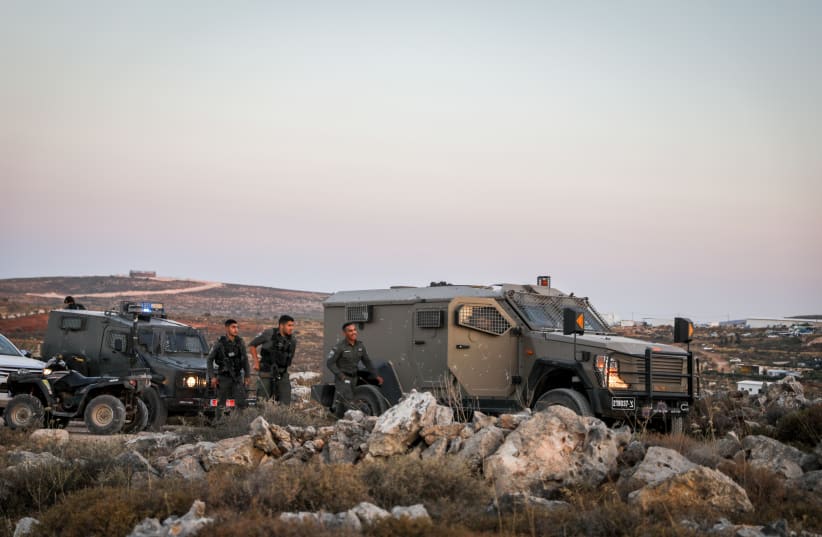
One person was killed in a shooting attack at the Wadi al-Haramiya (British Police) Junction in Binyamin, according to reports.
Magen David Adom (MDA) paramedics arrived on the scene and pronounced the death of a man in his 30s from gunshot wounds.
"We quickly arrived at the scene and saw a 30-year-old man sitting in a car, unconscious without a pulse and suffering from gunshot wounds to his body," MDA paramedic Benjamin Rosenbaum said. "We performed medical aid, but his injury was critical, and we had to pronounce him dead."
This is a developing story.
Hamas hostage Danielle Aloni: I hugged my daughter and told her 'we'll die here'
Describing her reaction as she was kidnapped, Aloni spoke of "a feeling of terror that cannot be explained in words."

A month after her release from captivity in Gaza, Danielle Aloni, who was kidnapped by Hamas on October 7 along with her 6-year-old daughter Emelia, spoke to Israel's N12 news station about her experience. The interview was broadcast in Israel on Saturday night.
"After I covered my daughter with a blanket," Aloni recalled, "I held her tight, and I told her, 'I'm sorry, we're going to die here'."
Describing her reaction as she was kidnapped, Aloni spoke of "a feeling of terror that cannot be explained in words. There aren't words in Hebrew that can describe this kind of terror. They'll have to invent new words to explain what happened that day."
“After i covered my daughter with a blanket, i hugged her tight and i told her.. im sorry but we’re going to die”.
— Yaari Cohen (@YaariCohen) January 6, 2024
Part of Daniel Aloni’s heartbreaking interview to @N12News,
i ask you, please watch it, share it and understand this is what so many Hostages went through. pic.twitter.com/2Q6G1dPQuv
Describing how her captors took her daughter from her, Aloni said that "they just took my little girl, Emma. They took a girl from her mother's hands. I started yelling [in Arabic] La, la! Binti, binti! La!" (No, no! My daughter, my daughter! No!) 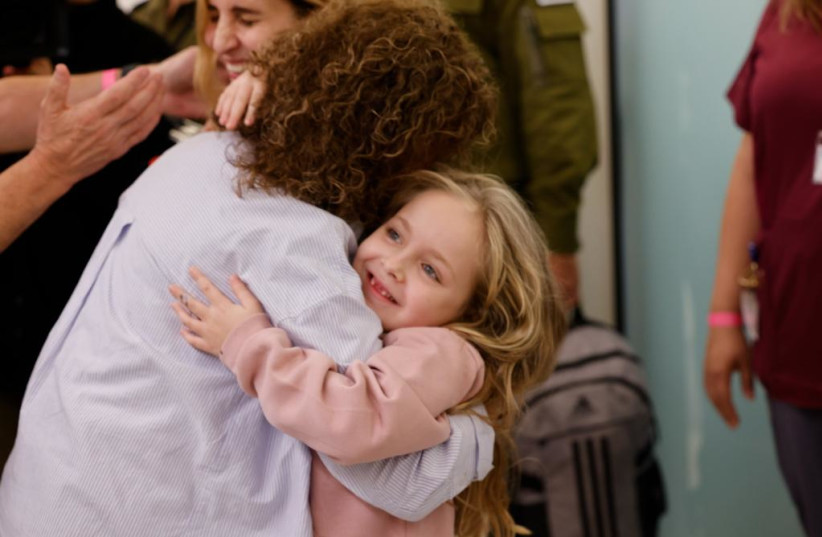
Aloni showed the interviewer how her captor shook his head and wagged his finger at her, then mimicked shooting her daughter, making a gun with his hand and gesturing toward her.
The released hostage spoke of her experience in Hamas's network of tunnels, encountering the other hostages taken that day, whose wounds remained open and untreated. "When we entered the next tunnel," she said, "I saw the injuries," she said, "people that were so wounded, with open wounds, with injured, beaten faces."
"My daughter patted my face, 'Mom, don't cry, I'm okay'"
Aloni also recalled her daughter calming her down when she suffered a panic attack. "I screamed, 'I'm going to die here! I'm going to die here! I'm going to die here!' Those were the only words that came out. I felt that I was going to die there. My daughter patted my face, 'Mom, don't cry, I'm okay, I'm okay.' Because each time I saw she was in distress, I started to cry, so she comforted me."
Over 240 Israelis were captured when Hamas attacked southern Israel on October 7, and over 100 have since been released and returned to Israel in prisoner exchanges. It is estimated that around 133 hostages are still held captive in Gaza.
Last week, there were reports of ongoing negotiations, in which Hamas was reportedly open to the release of 40-50 hostages in exchange for a temporary ceasefire. There have been reports, however, that these negotiations were hampered or frozen following the assassination of Hamas commander Saleh el-Arouri in Beirut.
Go to the full article >>Israel-Hamas War: What you need to know
- Hamas launched a massive attack on October 7, with thousands of terrorists infiltrating from the Gaza border and taking some 240 hostages into Gaza
- Over 1,200 Israelis and foreign nationals were murdered, including over 350 in the Re'im music festival and hundreds of Israeli civilians across Gaza border communities